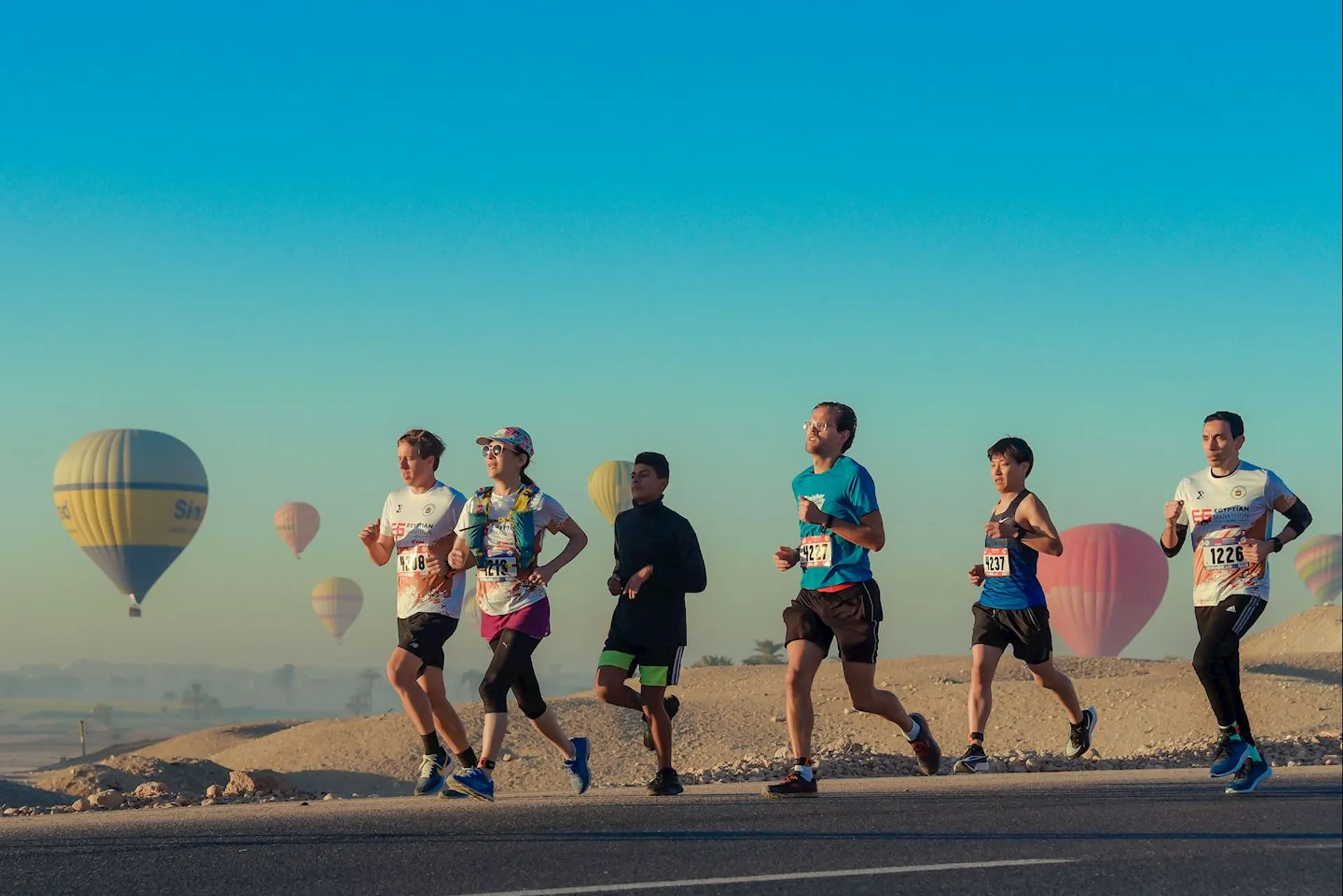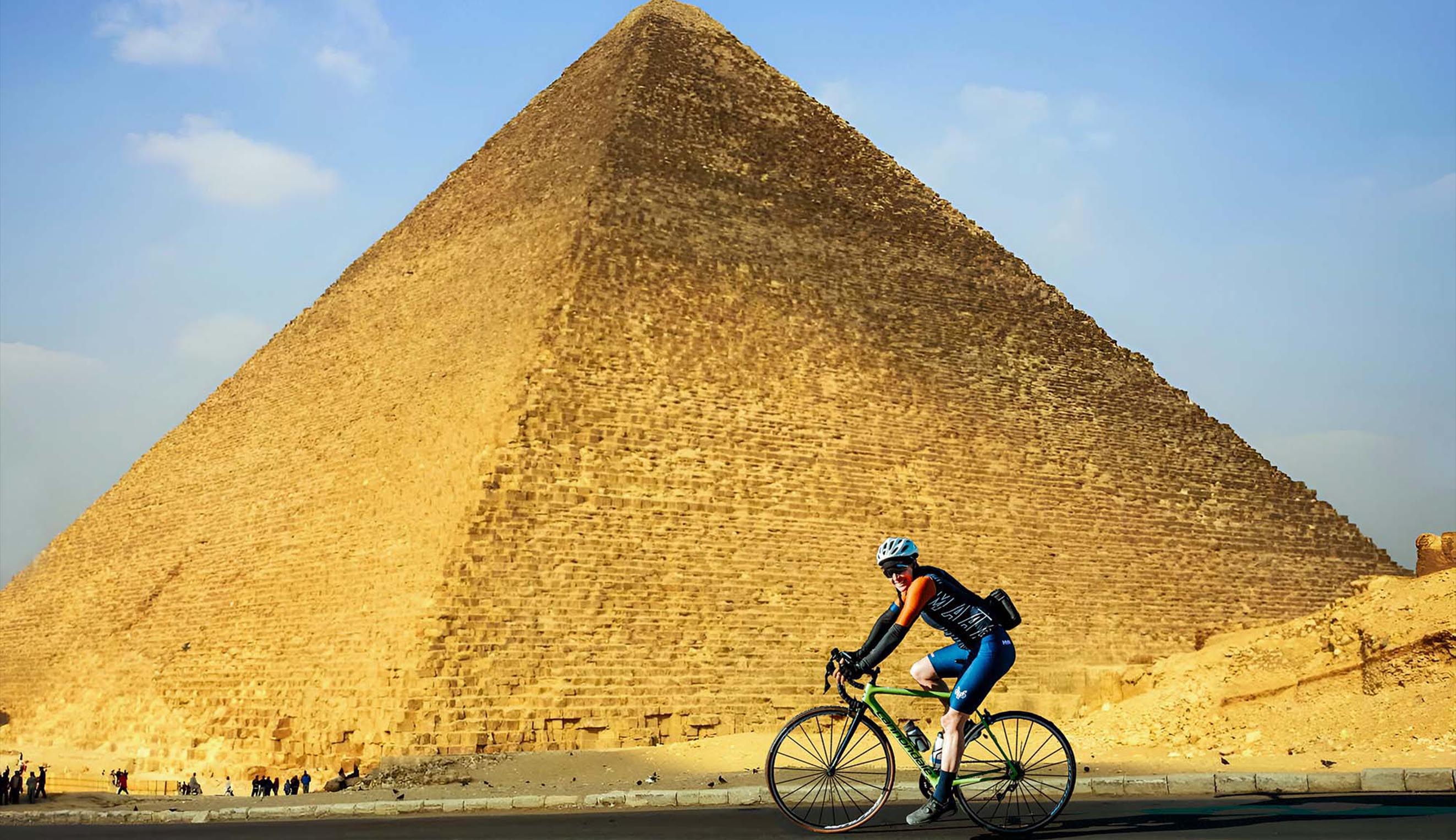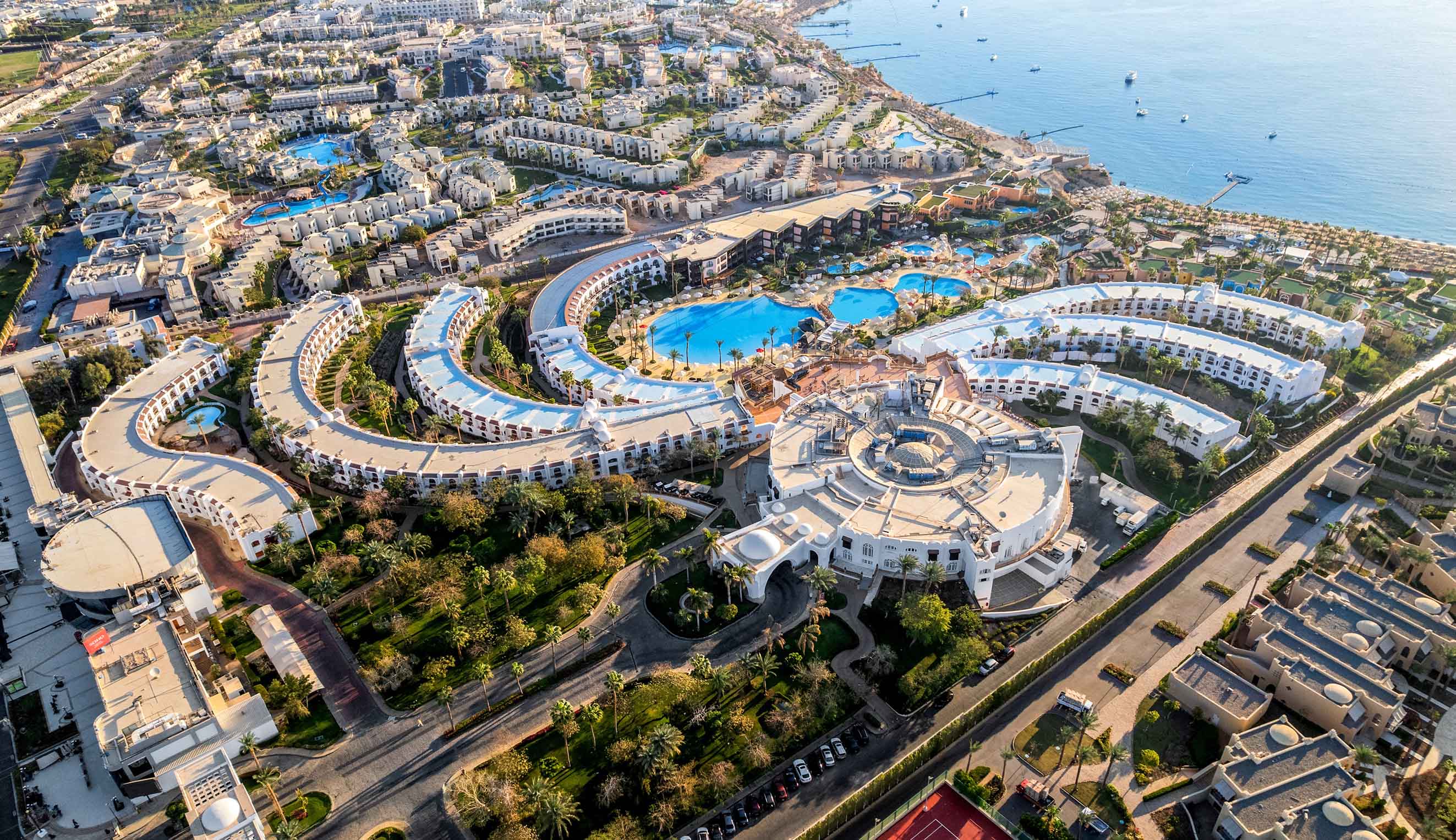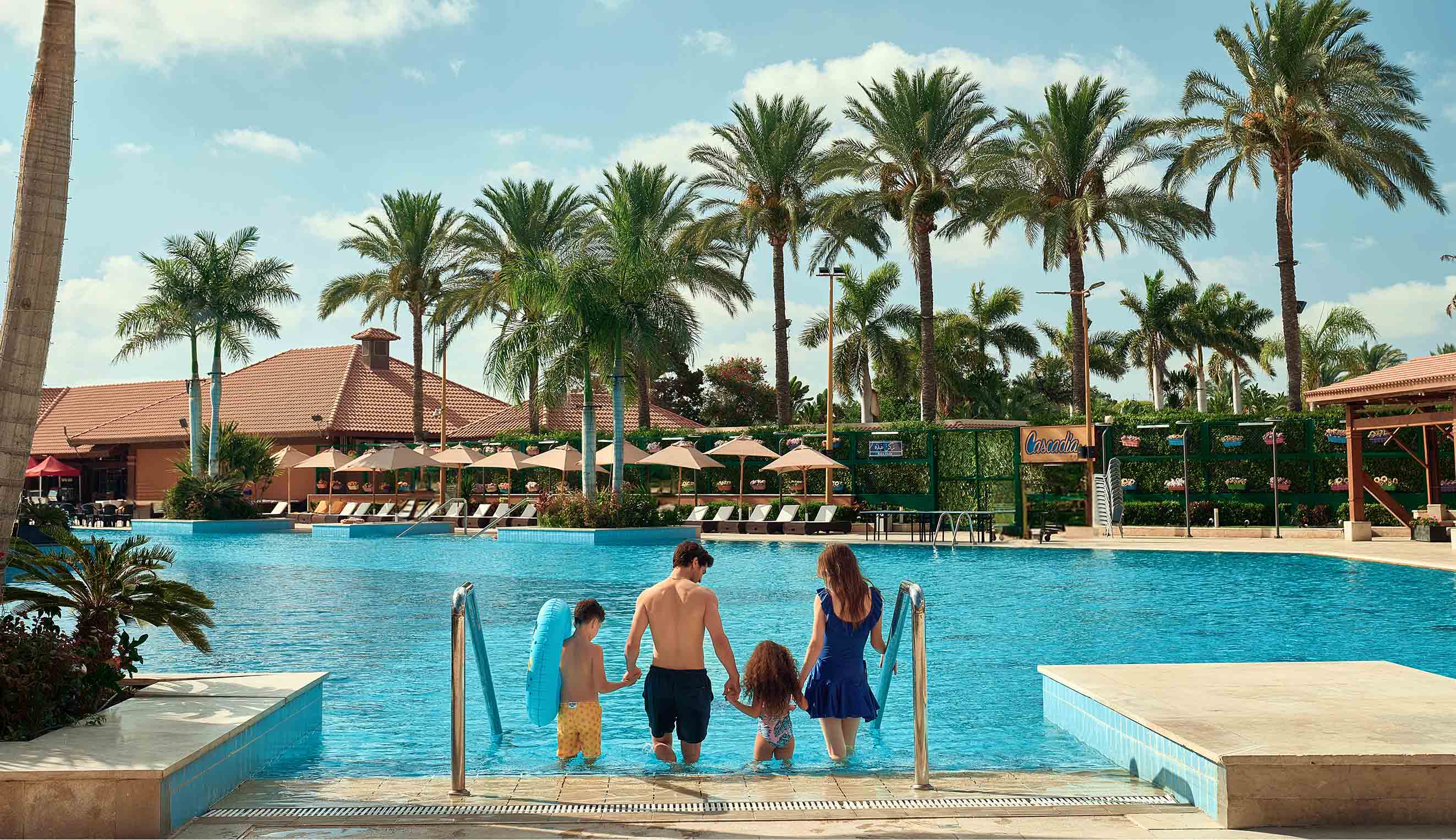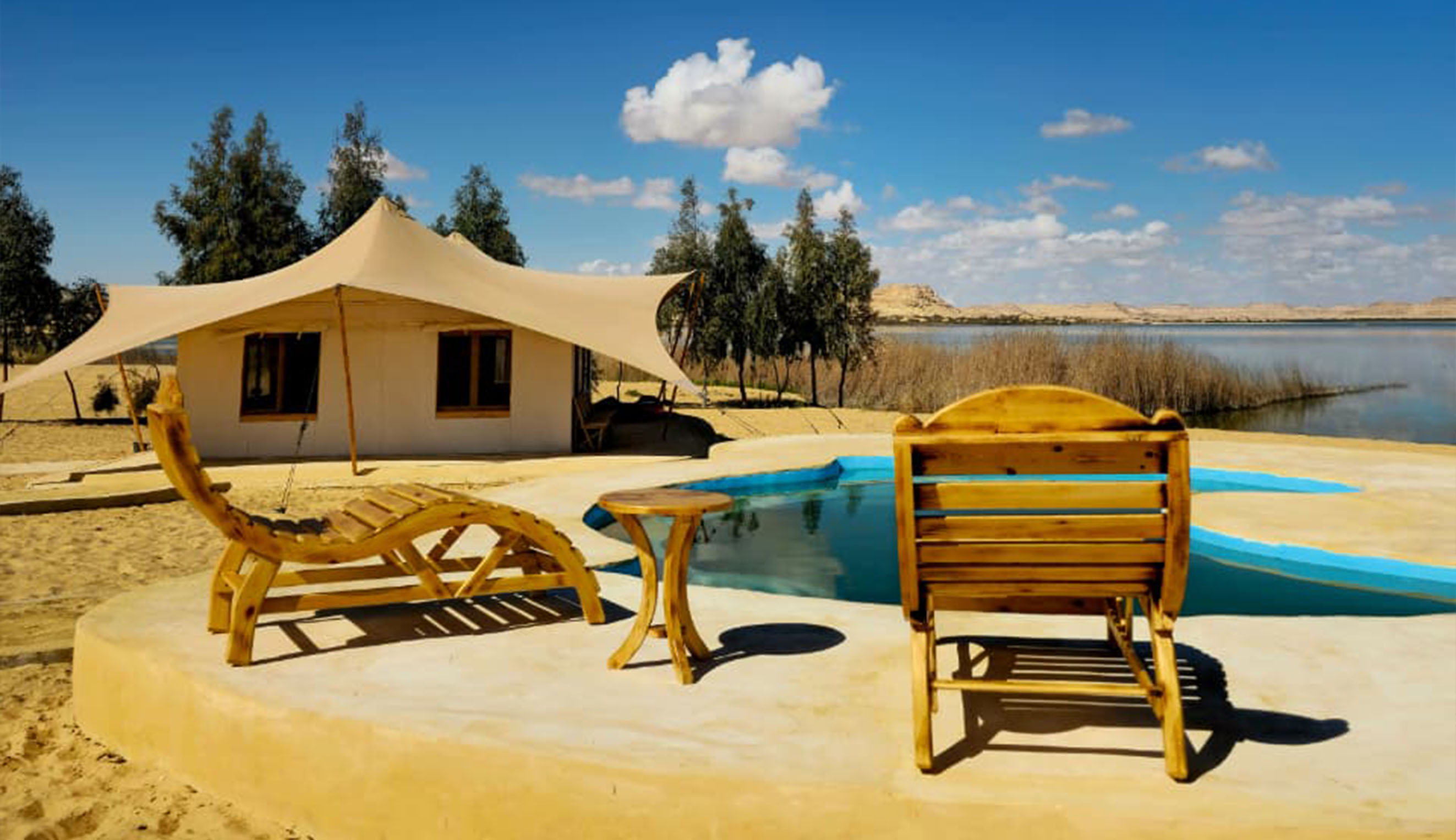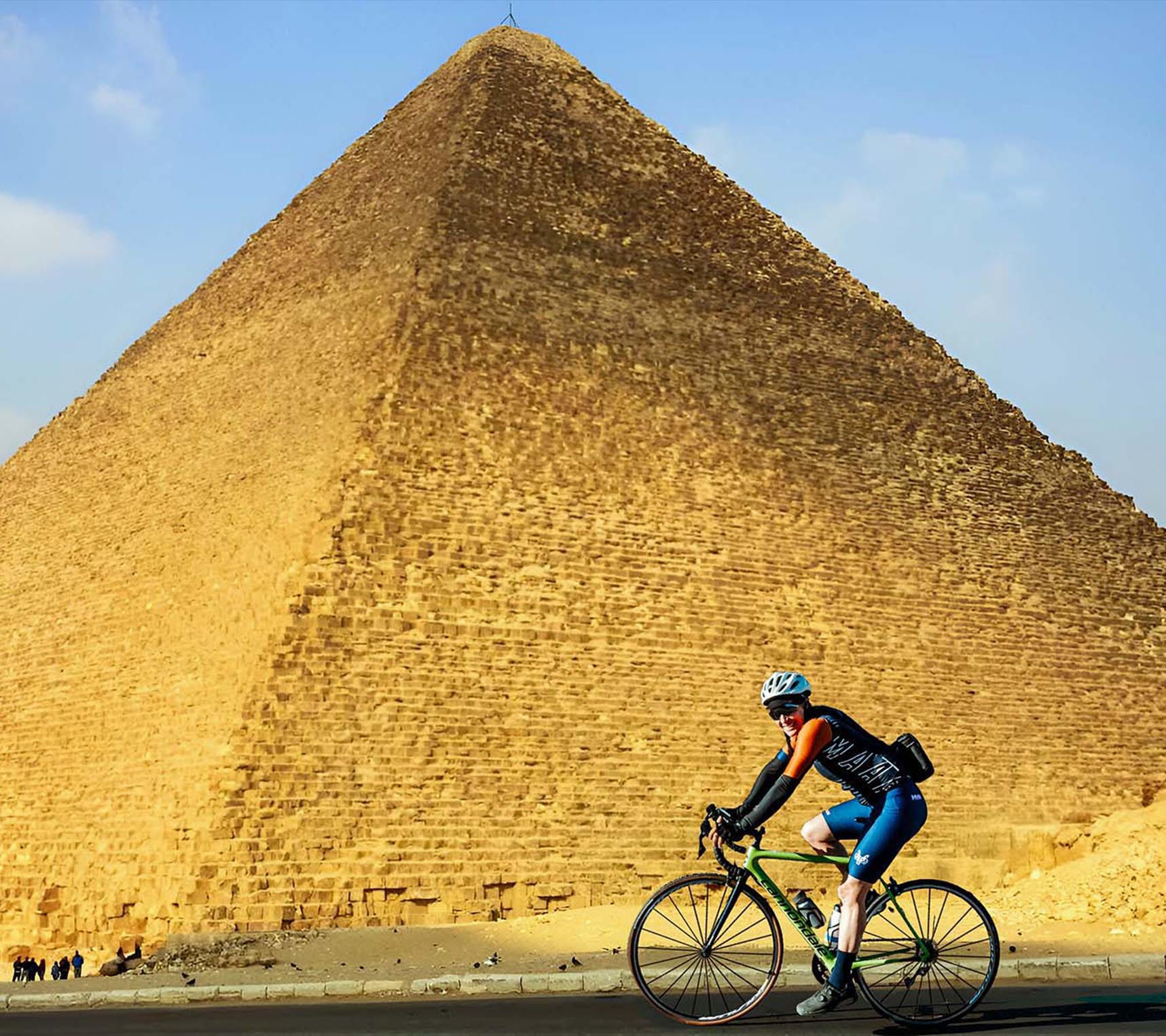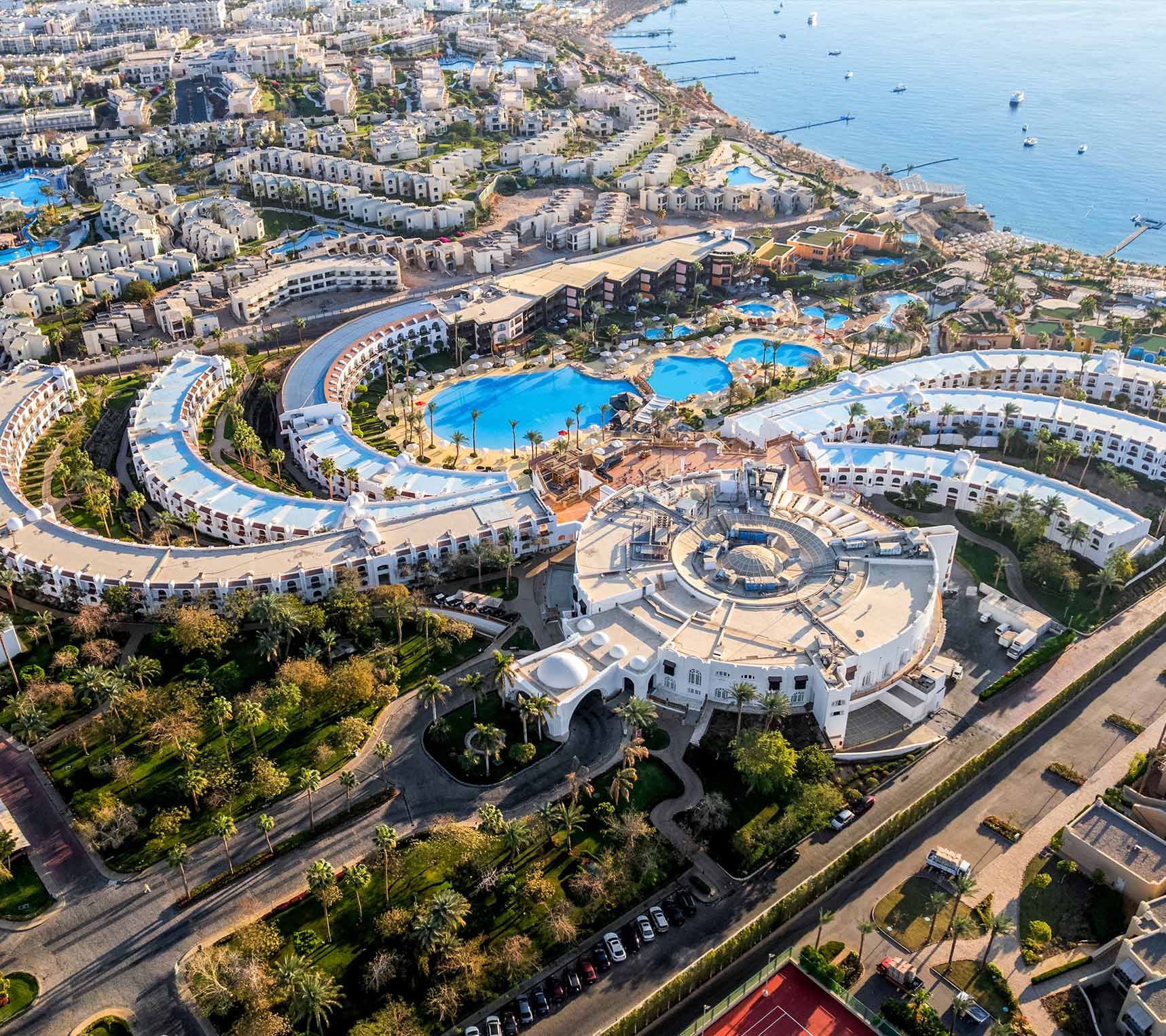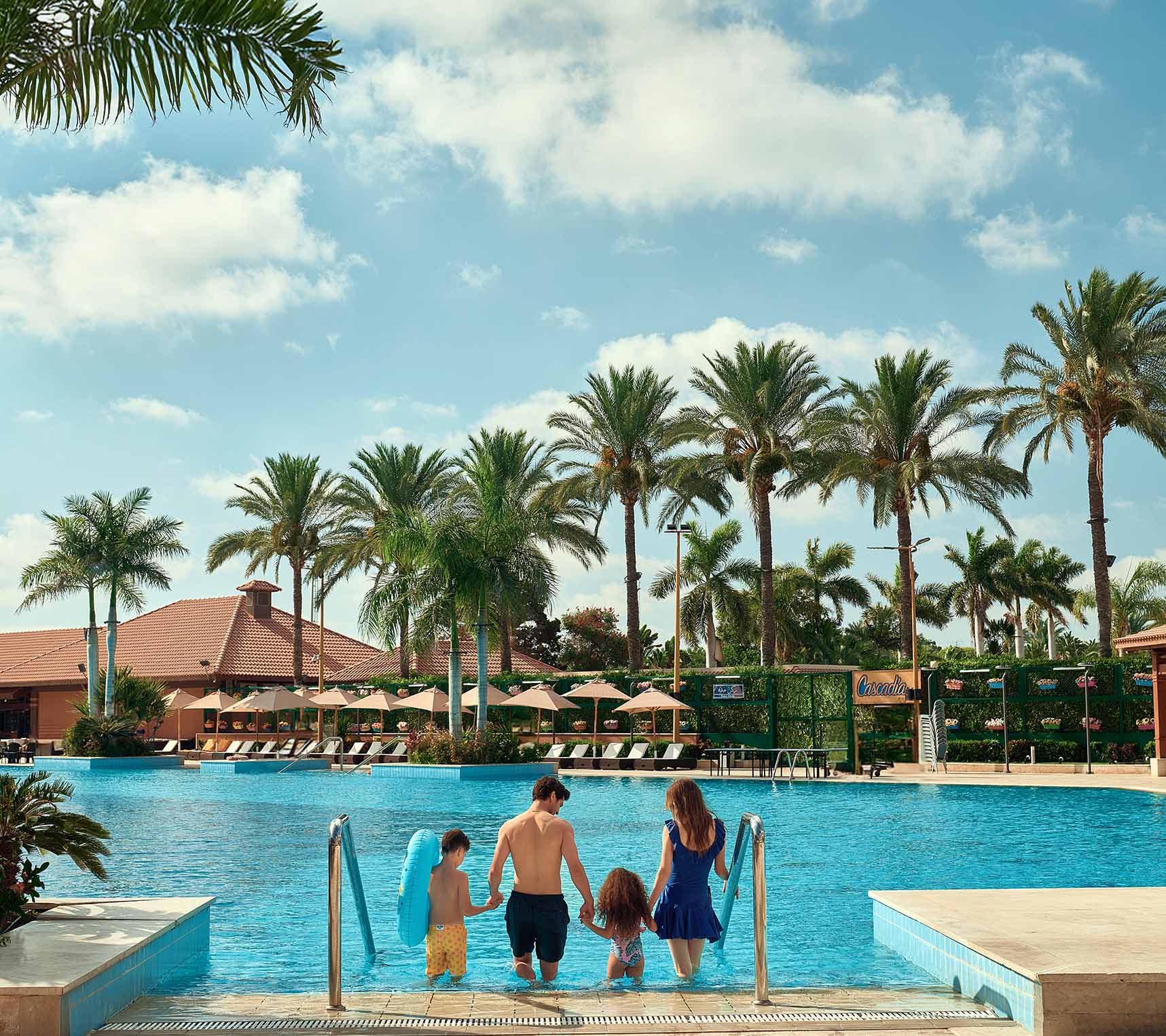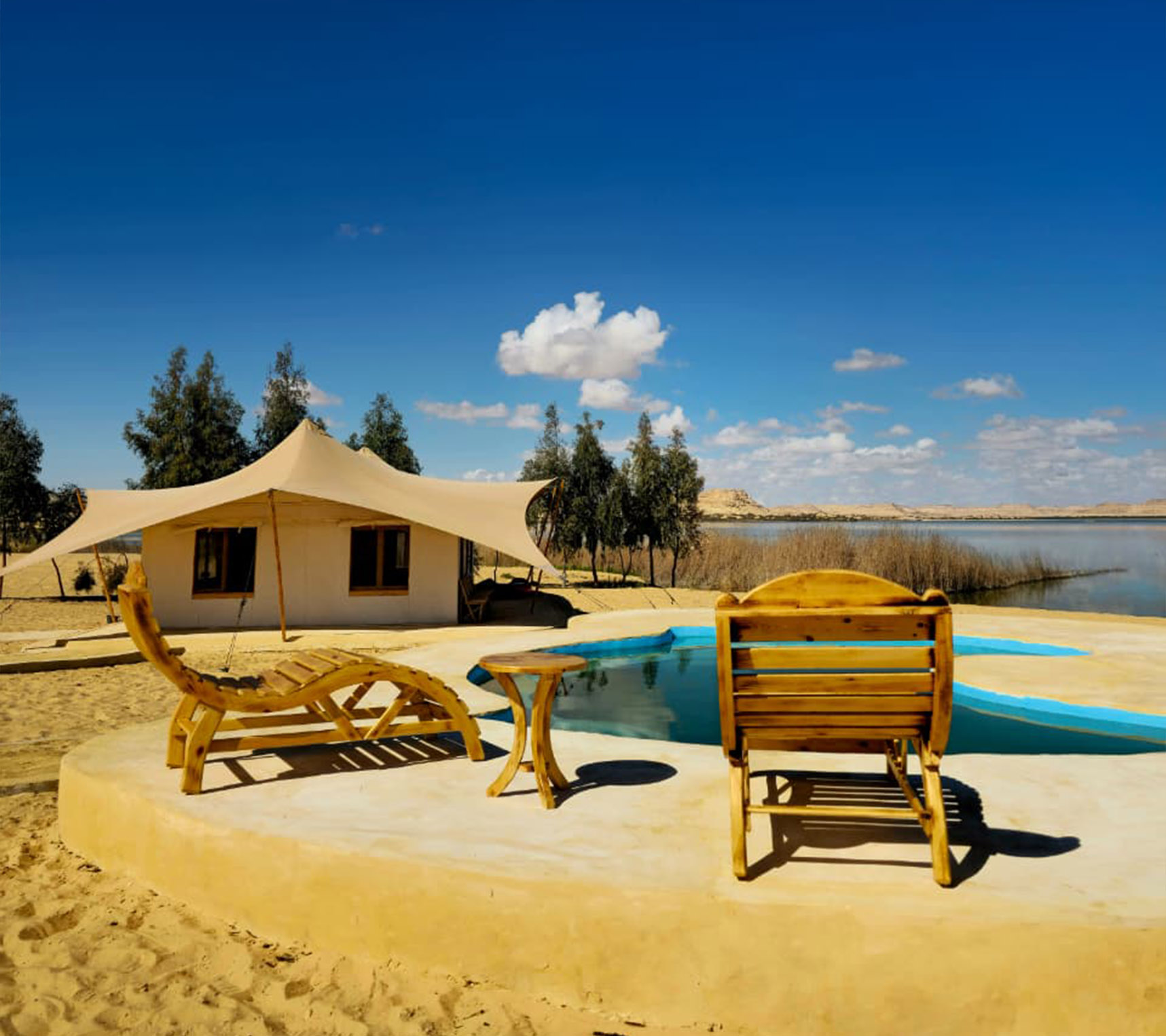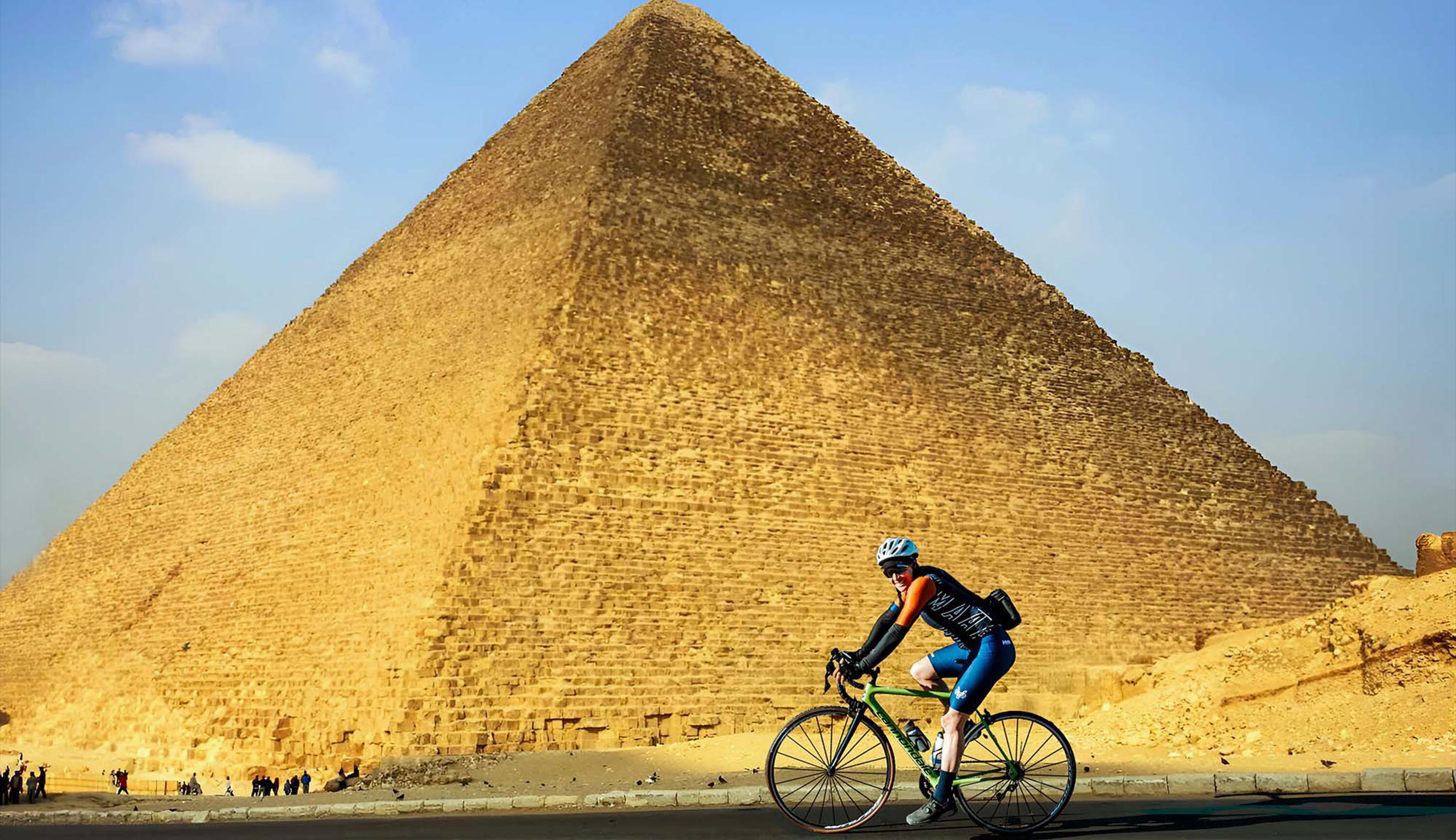Egypt’s New Frontier Between the Red Sea and the Mediterranean
When people think of tourism in Egypt, the usual images come to mind: the Pyramids, the Nile, the temples of Luxor. But there’s another story unfolding—one that has little to do with ancient stones and everything to do with movement, energy, and modern lifestyles. That story is sports tourism, and Egypt, with its dual coastlines on the Red Sea and the Mediterranean, is uniquely positioned to ride the wave.
Why Sports Tourism Matters
Globally, sports tourism is one of the fastest-growing niches in the travel industry. It’s not just about attending matches or cheering in stadiums anymore. It’s about people who plan entire vacations around participation—diving, kitesurfing, running marathons, cycling tours—or around experience, like watching international tournaments or training with pros.
For countries, sports tourism is a double win: it diversifies the tourism portfolio while extending visitor stays. A traveler who comes for a tournament often spends more days exploring, eating, and investing in local culture. The result? Not just hotel bookings, but a ripple effect on the economy—restaurants, transport, retail, and local employment.
The Red Sea: Playground of Adventure
Few places in the world offer a natural arena like the Red Sea coast. In Hurghada, El Gouna, and Marsa Alam, the crystal waters aren’t just beautiful—they’re alive with possibility. Diving and snorkeling are already well-established, but increasingly, kitesurfing, sailing, and open-water swimming are drawing athletes from around the globe.
International kitesurfing competitions in El Gouna, for example, don’t just attract elite athletes—they bring with them fans, families, media crews, and sponsors. Each event fills hotels, creates demand for services, and positions Egypt as a competitive sporting hub. Beyond the adrenaline, the Red Sea also appeals to wellness-minded tourists who combine sports with yoga retreats, desert cycling, or simply training in year-round sunshine.
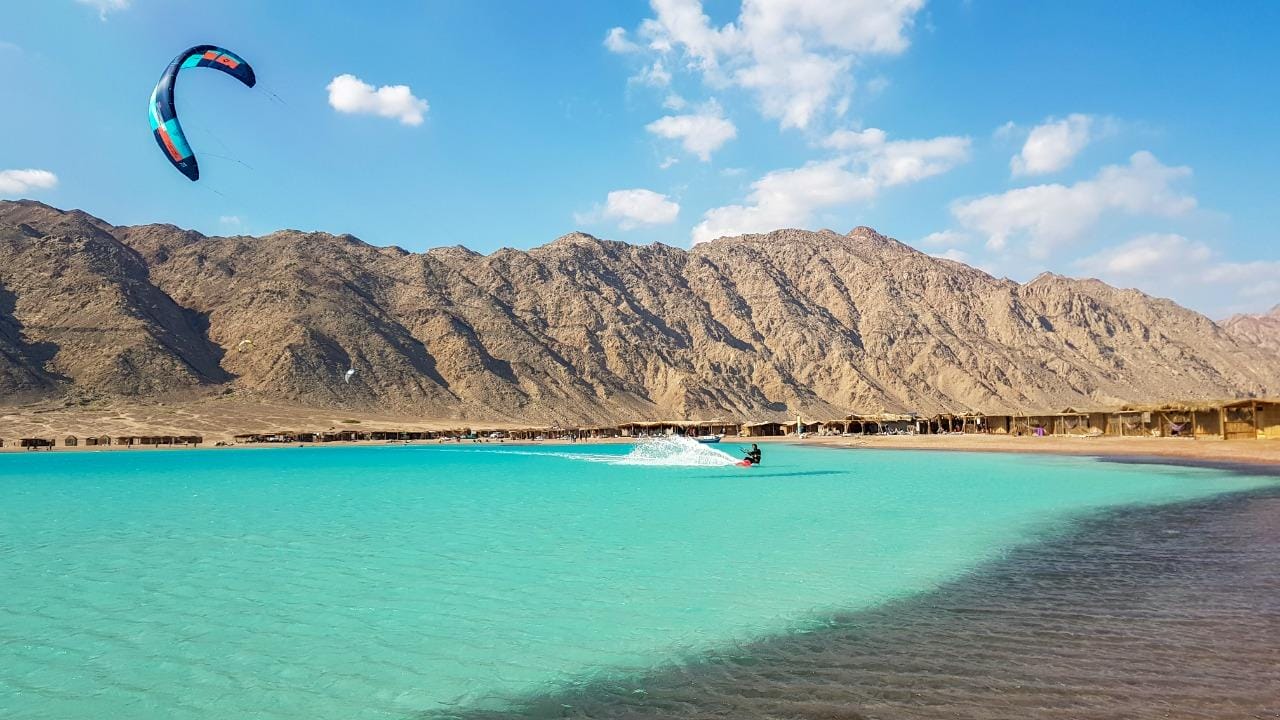
The Mediterranean: A Stage for Heritage and Sport
Meanwhile, the Mediterranean coastline tells another story. Cities like Alexandria, Marsa Matrouh, and Al-Alamein combine seaside charm with history, offering unique backdrops for sports events. Imagine a triathlon that weaves through historic Corniche roads, or beach volleyball tournaments that frame the sea as both setting and stage.
The Mediterranean also lends itself to endurance sports. Cooler breezes and long stretches of coastline are ideal for cycling races and long-distance runs. Hosting such events doesn’t just highlight the region’s capacity for sports—it ties Egypt’s narrative to the Mediterranean lifestyle: active, outdoor, social.
More Than Competition
But sports tourism in Egypt is not just about high-profile tournaments. It’s also about community and culture. Picture families traveling for a son’s football camp in Alexandria and then staying to explore the city’s museums. Or groups of friends who come for a desert cycling challenge in Sinai and end their trip diving in Dahab.
This blending of sports with culture and leisure transforms tourism into an experience that speaks to today’s traveler: someone who wants both activity and authenticity.
Egypt’s Advantage
So why does sports tourism have such potential here? Three reasons stand out:
- Climate – With year-round sun and mild winters, Egypt offers a natural training ground when Europe is cold.
- Geography – Two seas, vast deserts, rivers, and mountains: few countries pack so much variety into one landscape.
- Culture – Egypt isn’t just scenery—it’s storytelling. Sports events set against iconic backdrops (the pyramids, the Nile, the Red Sea reefs) have marketing power no brochure can buy.
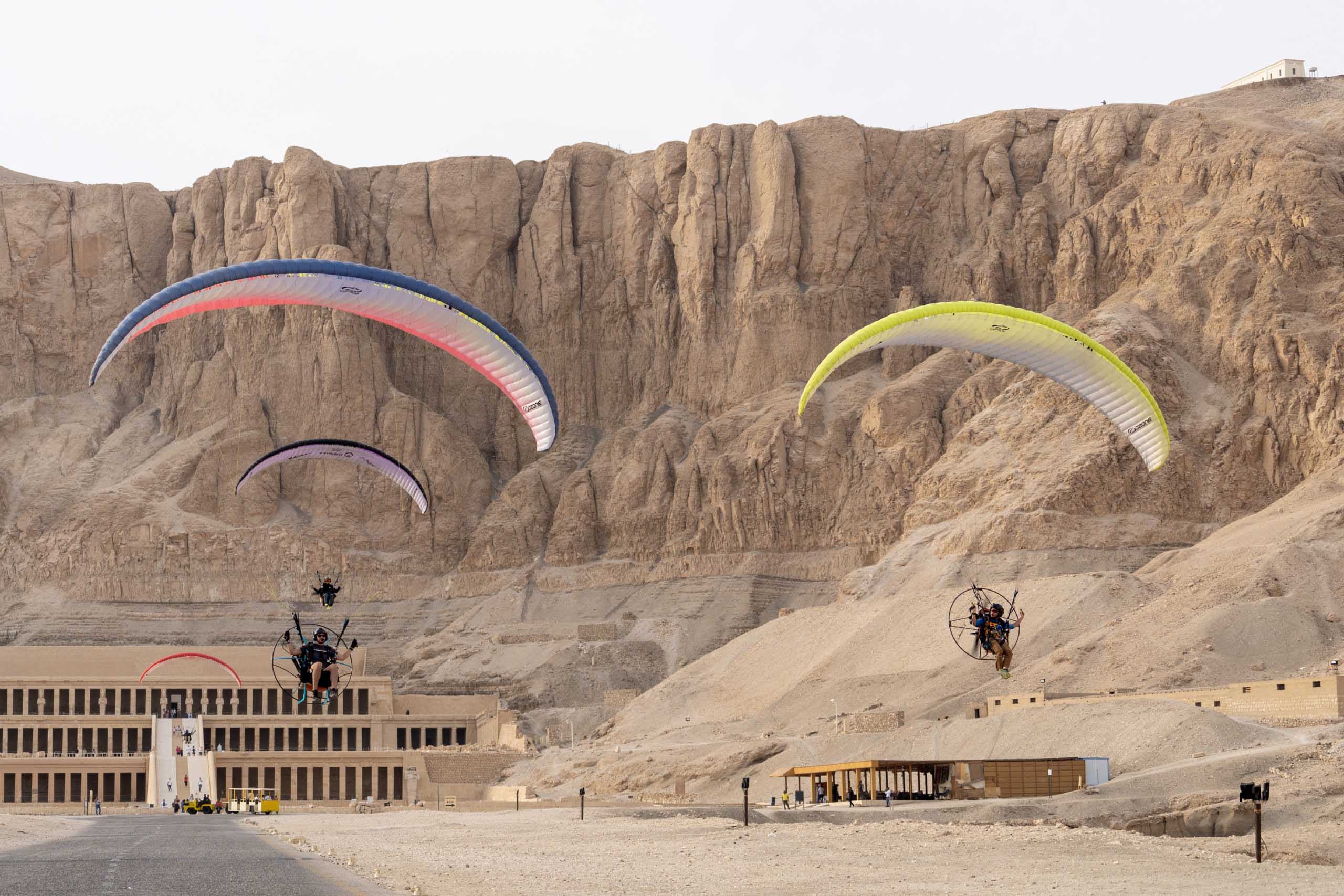
A Catalyst for Growth
Done right, sports tourism could redefine how the world sees Egypt. Not only as a historic destination, but as a living arena for global experiences. Hosting international tournaments, building training academies, and developing eco-sports retreats on both coasts could draw new audiences—active travelers, young professionals, and families looking for more than sightseeing.
The ripple effect goes deeper: promoting healthier lifestyles, creating sustainable jobs in coastal towns, and even raising awareness about environmental preservation (because athletes, especially divers and surfers, are among the most vocal advocates for protecting natural resources).
Final Word
Sports tourism is no longer a side show—it’s a main act in global travel. And Egypt, with its unique mix of seas, deserts, and heritage, is perfectly placed to capture it. From kitesurfing in the Red Sea to cycling along the Mediterranean, the possibilities are wide open.
In the end, sports tourism isn’t just about the sport. It’s about movement meeting meaning—and few countries can offer that stage like Egypt.
